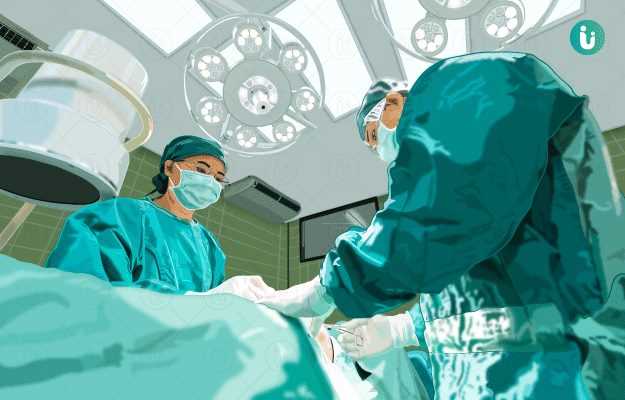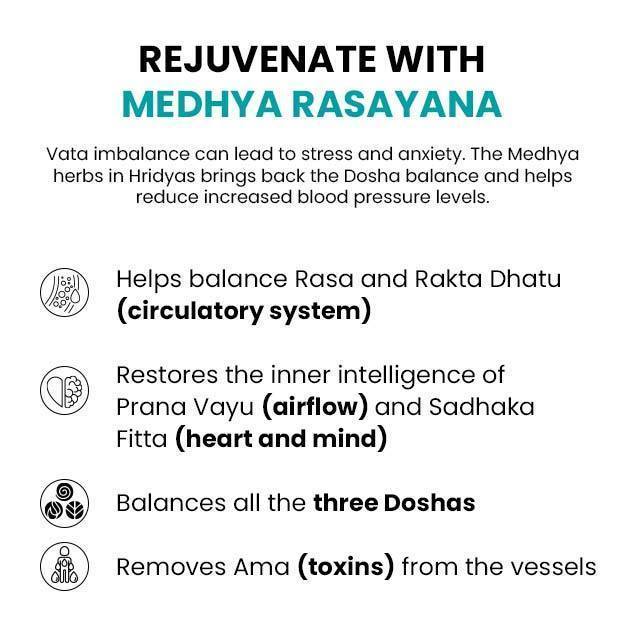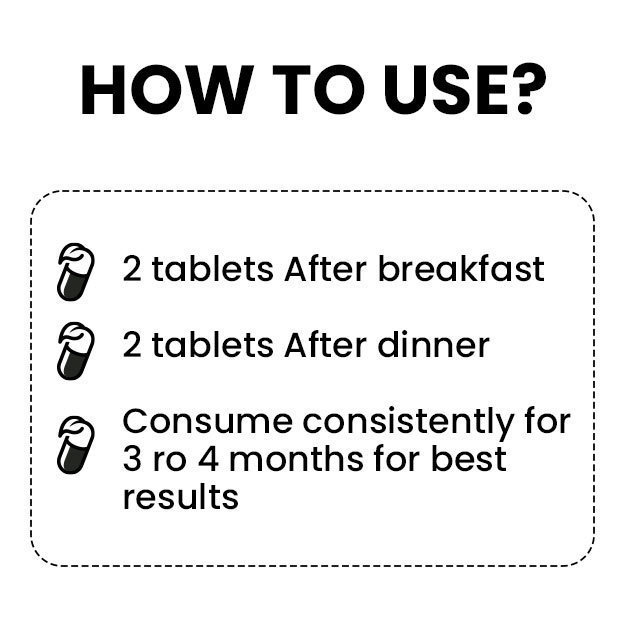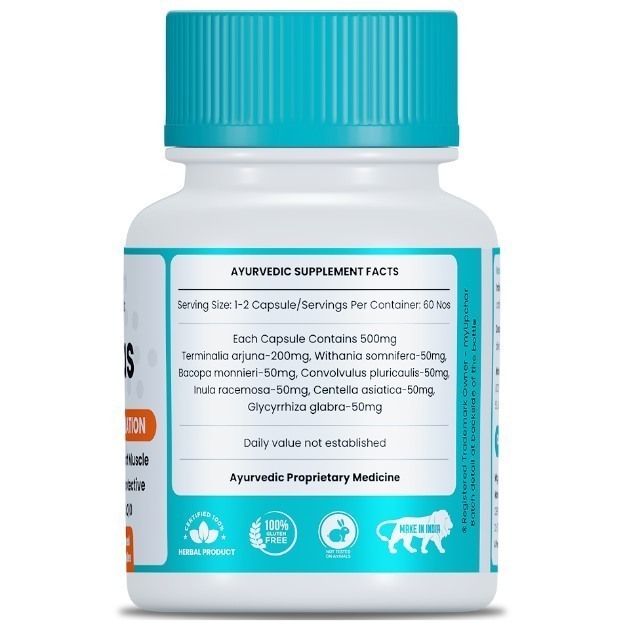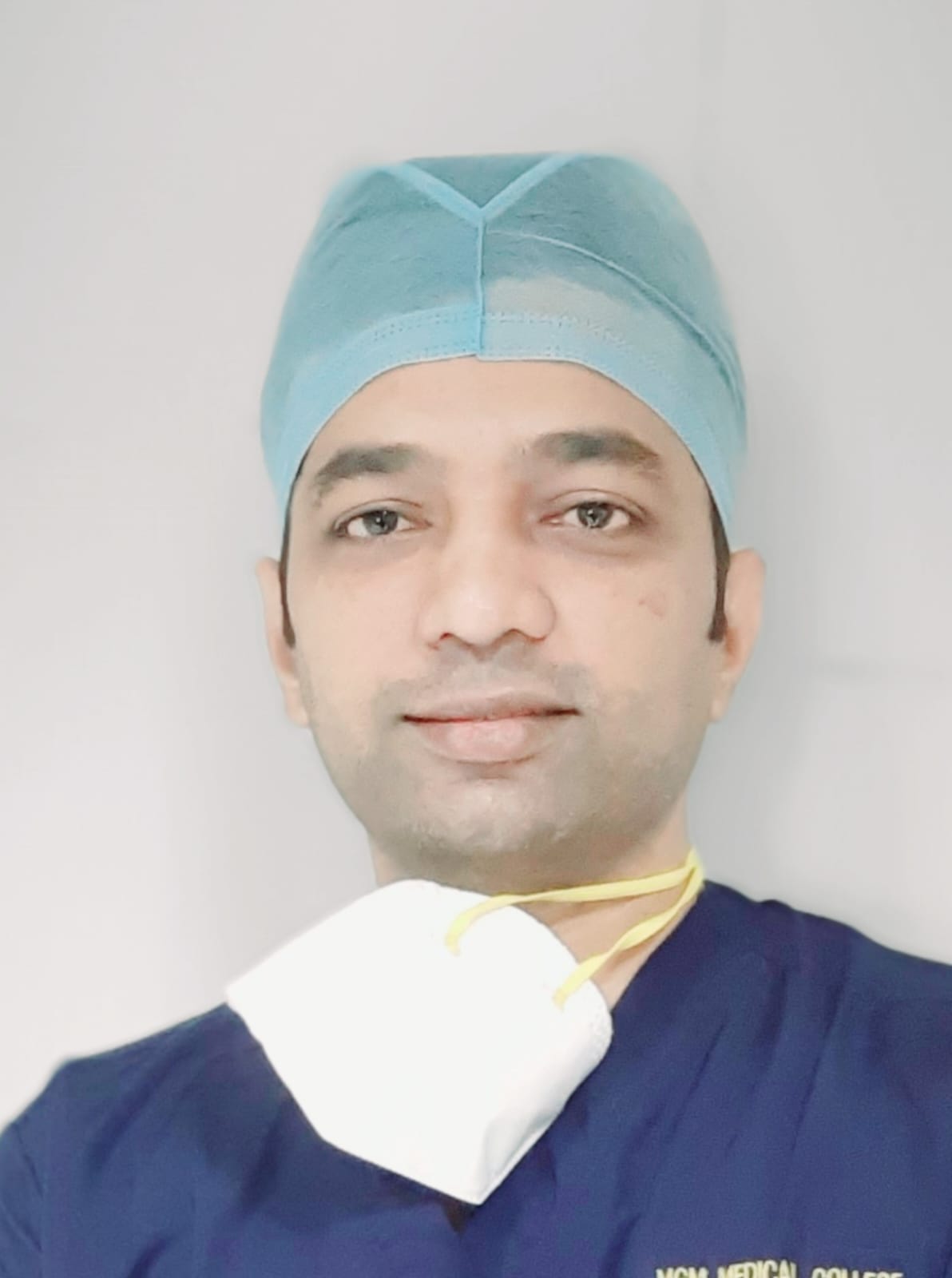Summary
Ventriculoatrial shunt placement is a surgical procedure that is done to drain excess cerebrospinal fluid (CSF) from the brain into the heart. The procedure is mainly done to treat a condition called hydrocephalus.
CSF is a clear fluid produced in special cavities (ventricles) within the brain. It surrounds the brain, supplying nutrients and removing waste to and from brain tissues. Hydrocephalus is a condition in which excess CSF accumulates in the brain, leading to impaired thinking, movement, and other body functions.
During ventriculoatrial shunt placement, one end of a shunt (a tube) is inserted into the ventricle of the brain, while the other is moved through a blood vessel in the neck to the right upper chamber of the heart. The shunt contains a valve that opens when the amount of CSF in the brain crosses a predetermined level. The surgery lasts for about one hour; however, you will be required to stay at the hospital for about two to three days. Your surgeon will suggest you to rest for at least two to three weeks after surgery before resuming work.

